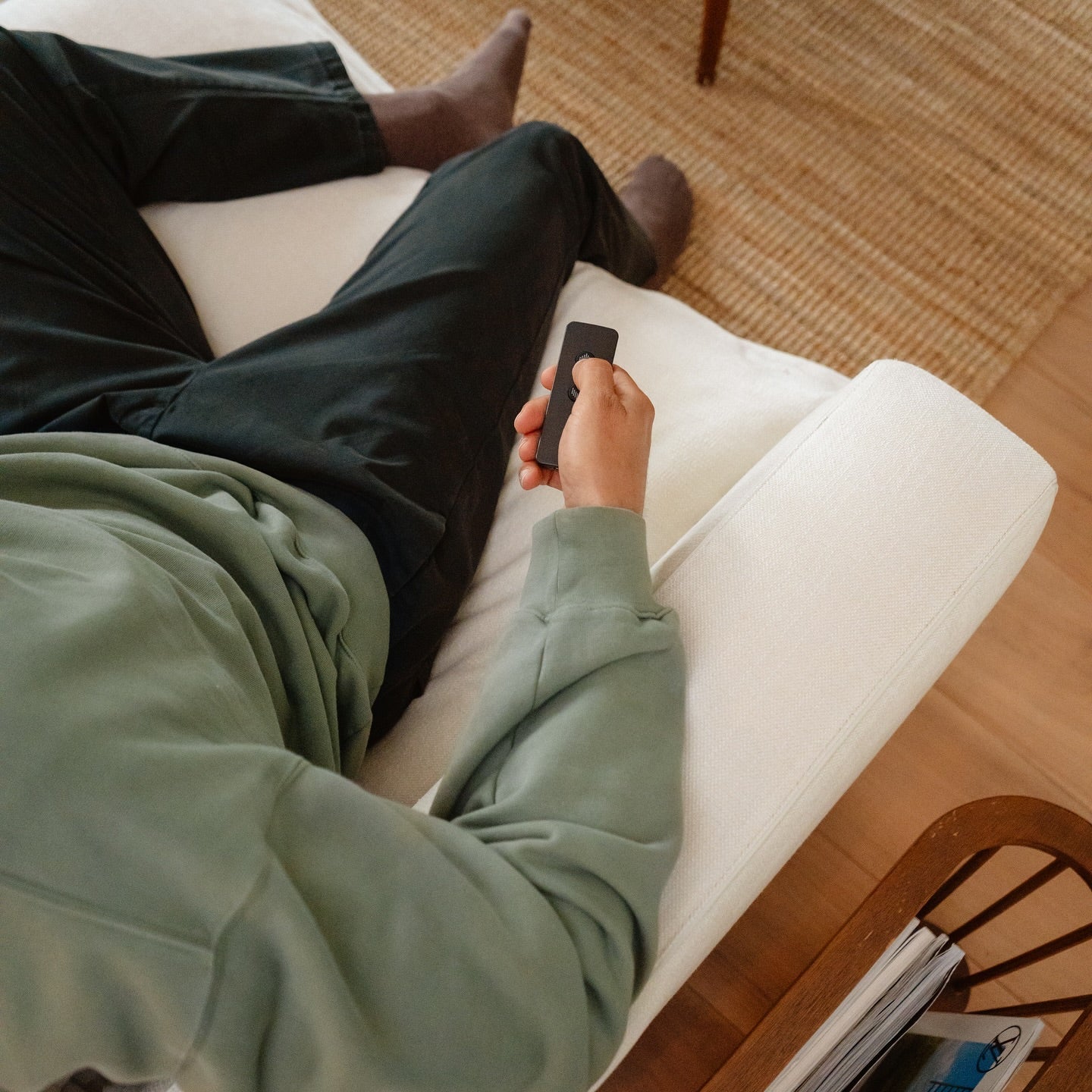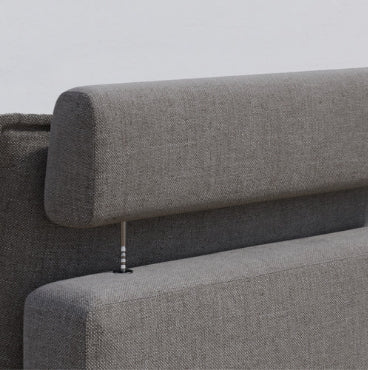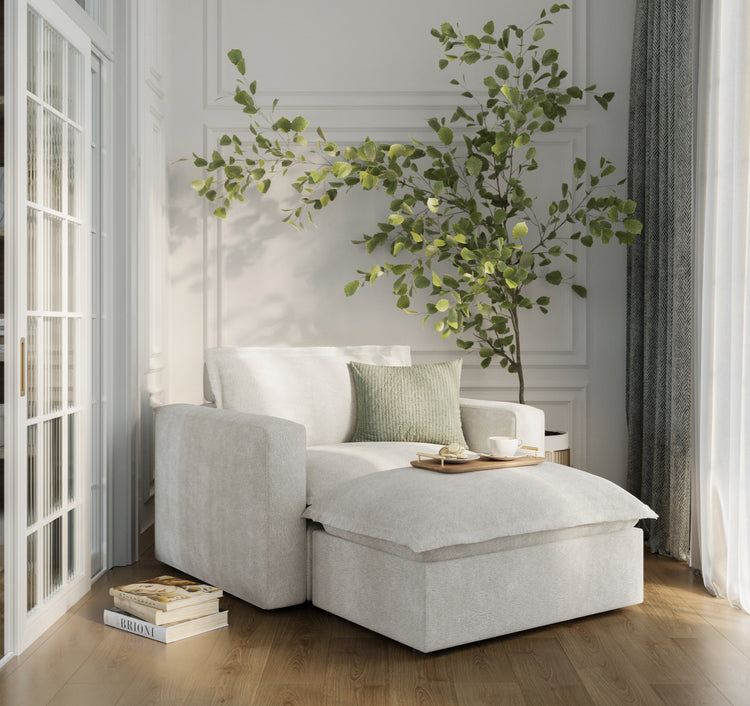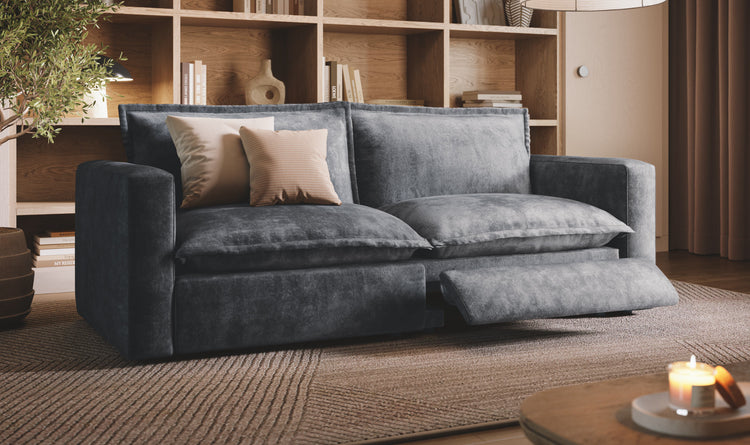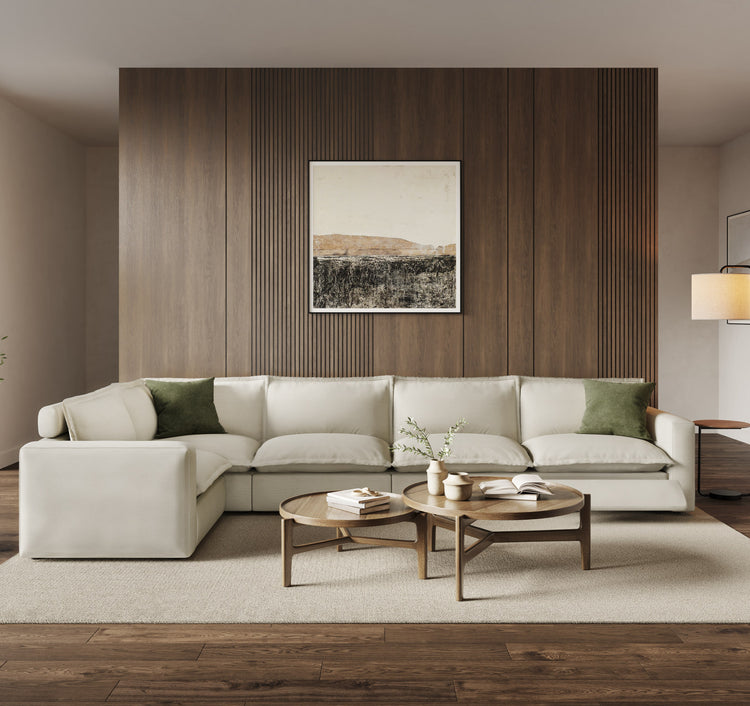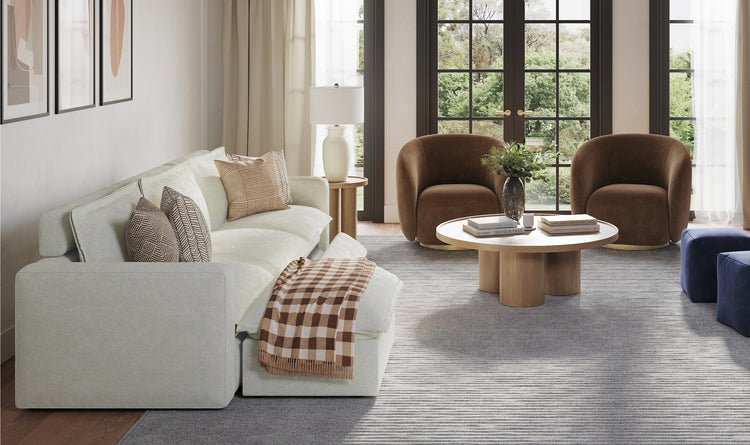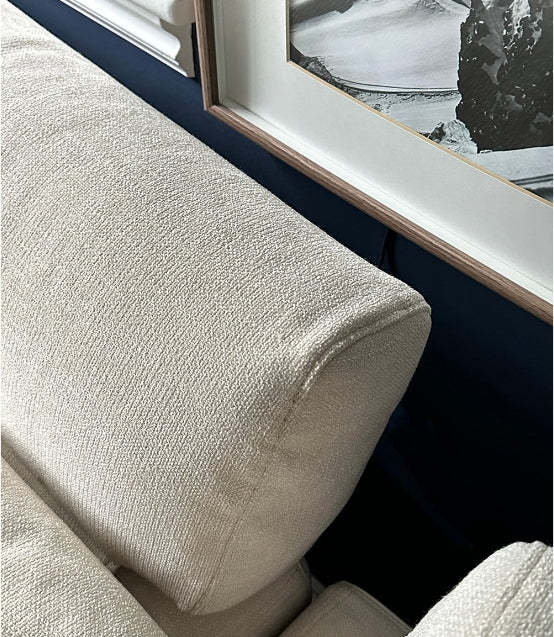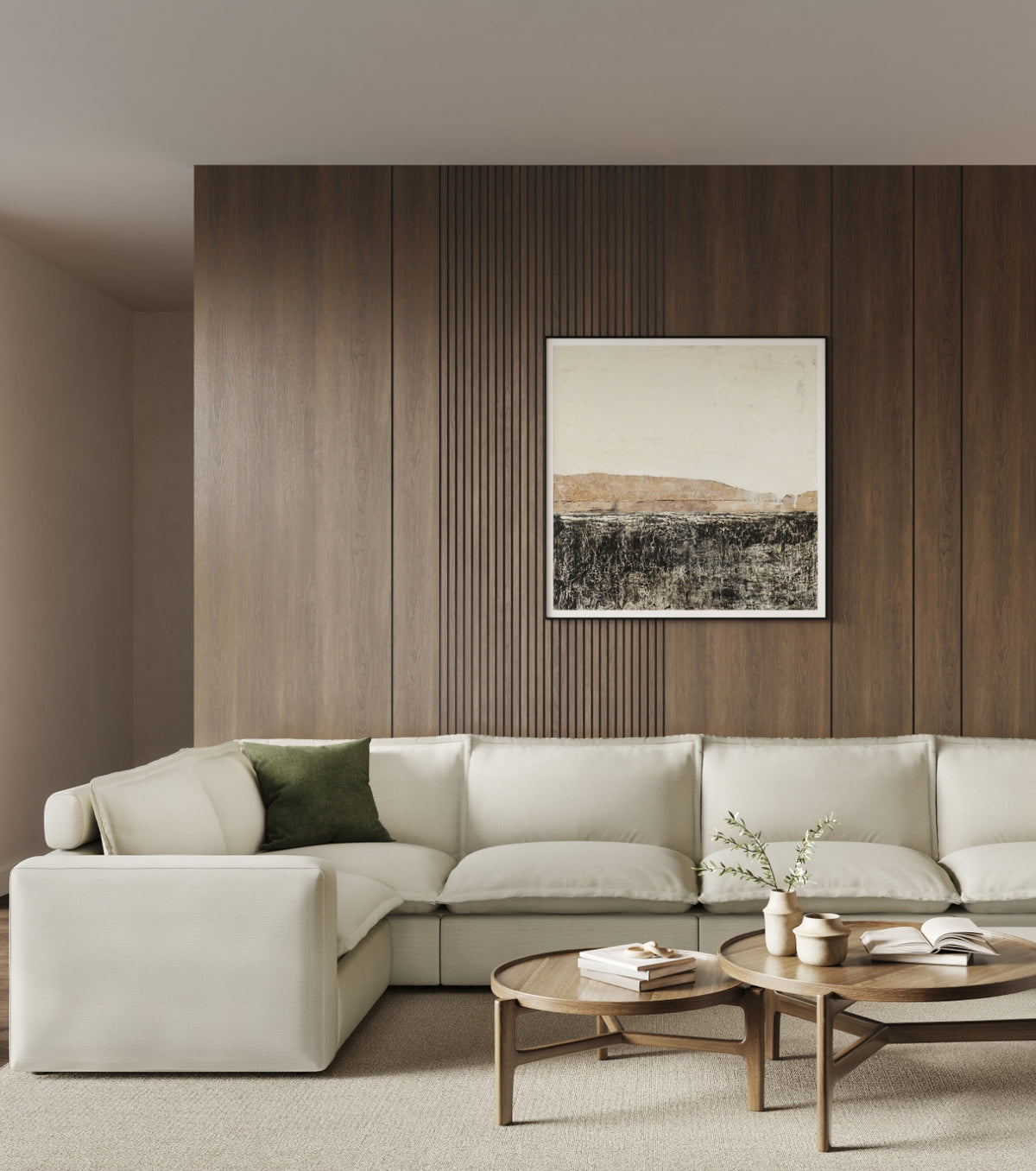A recliner is more than just a piece of furniture; it's a personal retreat where relaxation should be effortless. However, comfort isn't always guaranteed. Over time, the familiar contours of a once-perfect recliner may no longer support you as they once did, leaving you seeking ways to reclaim that initial feeling of contentment.
In the following article, we aim to guide you through a series of enhancements to improve the comfort of your recliner. We'll explore practical adjustments, accessory additions, and even some creative do-it-yourself solutions that cater to different preferences and budgets. The goal is to provide you with actionable advice that will transform your recliner into a sanctuary of comfort, without requiring specialized expertise or significant investment.
Whether you're looking to revive an old favorite or optimize a new purchase, these steps will help ensure your recliner is tailored to provide the utmost relaxation.
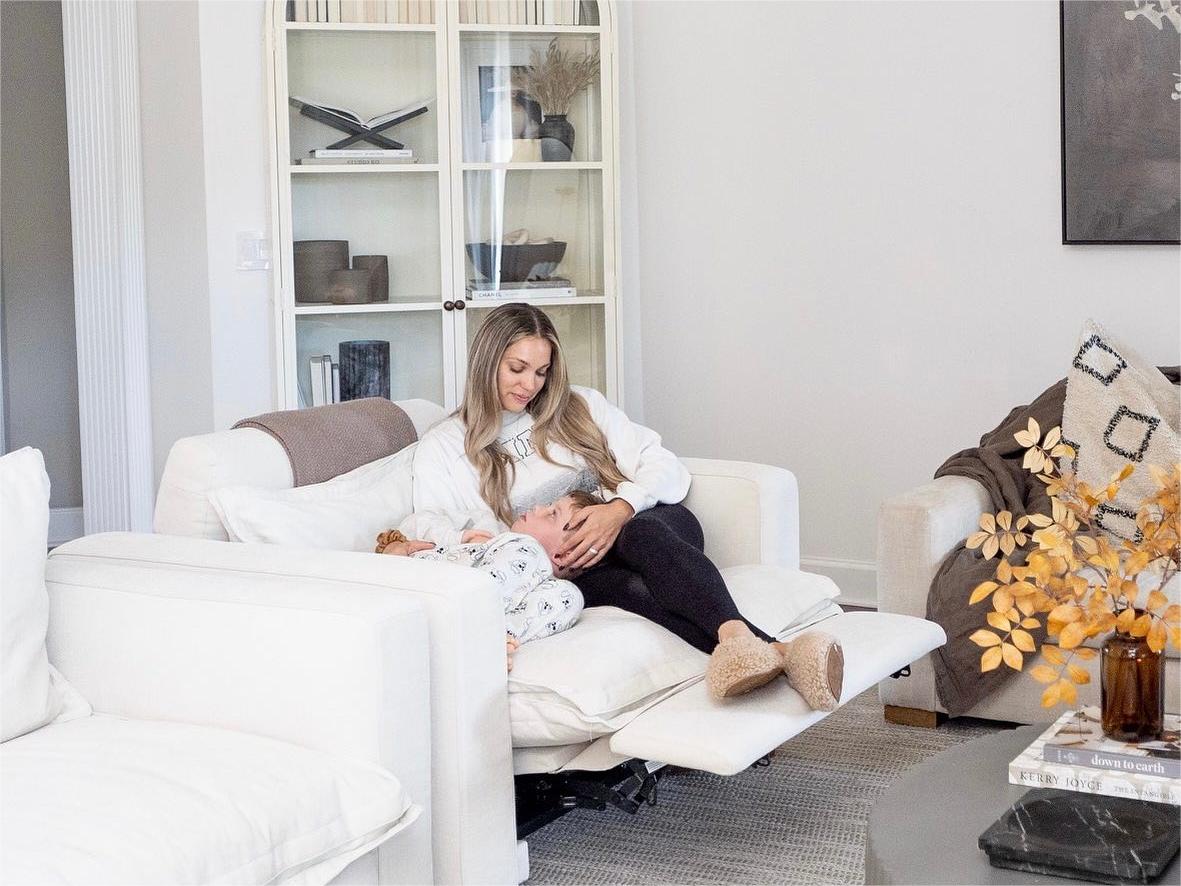
The Basics of Recliner Comfort
Comfort in a recliner is more than just a soft seat; it encompasses how the chair supports your body and conforms to your unique shape. Let's explore some fundamental aspects that contribute to recliner comfort and how you can maintain them.
Understanding The Ergonomics of Recliners
The ergonomics of a recliner are crucial as they dictate how well the chair will support your posture over extended periods. An ergonomically designed recliner provides proper lumbar support, promotes a neutral spine position, and distributes weight evenly to alleviate pressure points. To assess whether your recliner is ergonomically sound, consider whether it supports key areas such as the lower back, neck, and legs when you're seated.
If your recliner is lacking in ergonomic features, there are ways to enhance it. Look for adjustable parts - such as the headrest, backrest angle, and footrest - that can be fine-tuned to better fit your body's natural alignment. Remember, a correctly adjusted recliner will reduce strain on your muscles and joints, leading to greater overall comfort.
Importance of Proper Maintenance
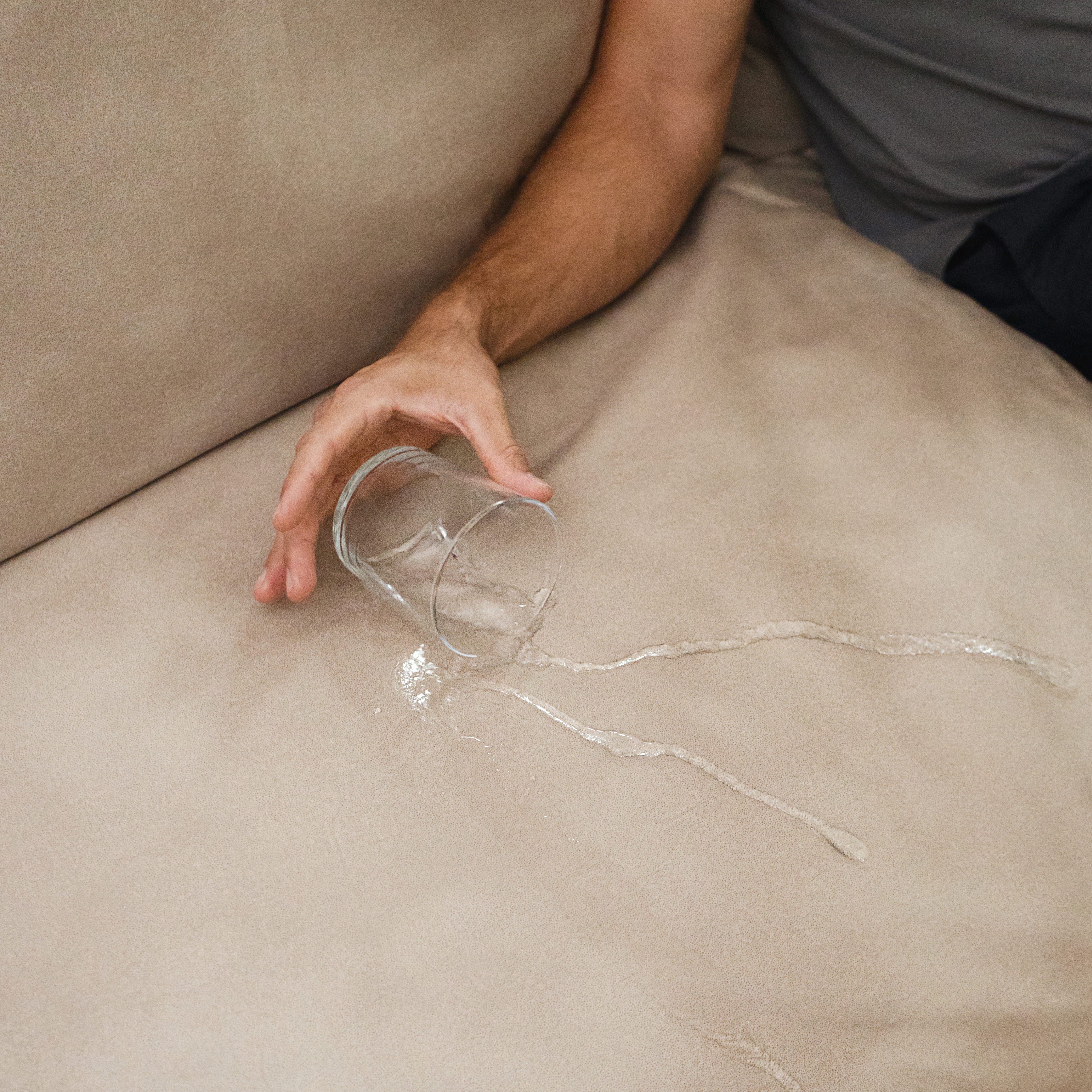
Like any well-used piece of furniture, recliners need regular maintenance to stay comfortable. Over time, bolts can loosen, fabrics can wear, and padding can compress, all of which can detract from your recliner's comfort. Here's how you can keep it in top shape:
- Inspecting the Mechanism: Periodically check the recliner's mechanics to ensure everything is tight and operates smoothly. If anything seems amiss, consult the manufacturer's guidelines for adjustments or consider calling a professional.
- Cleaning and Conditioning: Upholstery, whether leather or fabric, should be cleaned and treated regularly to prevent cracks, stains, or odors that could affect your enjoyment of the chair. Use appropriate cleaners and conditioners designed for the specific material of your recliner.
- Refreshing the Padding: Over time, the padding in armrests and seating areas can degrade. Adding supplementary padding or replacing old foam can restore the chair's original comfort.
By understanding the anatomy of recliner comfort and committing to routine maintenance, you'll create a solid foundation upon which additional enhancements can build.
What Adjustments And Add-Ons Can Maximize Your Recliner's Comfort?
Fine-tuning your recliner to achieve maximum comfort sometimes involves making a few adjustments or adding extra features that enhance its existing form.
Adjusting Your Recliner
Adjustability is a key feature in any recliner, allowing it to accommodate different body shapes and sizes. Take the time to experiment with the adjustable elements of your chair:
- Tension Control: Many recliners allow you to adjust the tension of the reclining mechanism. If your chair is too easy or hard to push back, look for a knob or wheel beneath the seat that can be turned to modify the tension to your preference.
- Recline Angle: Some models have a locking feature that sets the angle of the recline. Experiment with various angles to find which provides the best support for your body, particularly your lower back.
- Footrest Adjustment: Ensuring that your feet are properly supported when the footrest is extended can prevent leg and lower back discomfort. Check if your recliner's footrest height can be adjusted to align with your body's needs.
Cushions And Pillows
Sometimes, the factory padding in a recliner may not suffice. In such cases, additional cushions and pillows can play a significant role in boosting comfort:
- Lumbar Pillows: Adding a lumbar pillow can help fill the gap between your lower back and the seat, providing essential support to prevent strain.
- Head and Neck Support: Consider a small, roll-shaped pillow to place behind your neck if your recliner doesn't adequately support it.
- Seat Cushions: If the seat feels too firm or has lost its plushness, a memory foam cushion might be what you need to restore comfort and relieve pressure points.
The goal with cushions and pillows is to enhance support without compromising the chair's structure or your posture.
Covers And Throws
Incorporating covers and throws not only protects the recliner but can also add an extra layer of coziness:
- Seat Covers: A well-fitted seat cover can protect against wear and tear while also providing additional softness to the seating surface.
- Throws: A throw blanket is perfect for those colder days or simply when you want to feel snug. They're easily removable and come in various textures for every preference.
By carefully adjusting and augmenting your recliner with these additions, you can significantly improve its comfort level. Furthermore, these changes are often reversible, giving you the flexibility to revert back to the original setup if desired.
How to Upgrade Your Recliner

If you've adjusted your recliner and added some basic comforts but still crave a more luxurious experience, consider these upgrades to elevate the coziness factor.
Seat and Backrest Enhancements
The seat and backrest are central to a recliner's comfort. Over time, they may require enhancements to maintain a high level of support and relaxation.
- Memory Foam Layers: Adding a layer of memory foam can provide personalized contouring to your body, enhancing support and comfort. Consider inserting a memory foam pad atop the existing cushion or beneath the upholstery if you're looking for a more permanent solution.
- Gel Inserts: If heat retention is an issue - often the case with memory foam - gel inserts can help dissipate heat and offer a cooling effect while still providing cushiony support.
Footrest Extensions and Upgrades
A footrest that's too short or lacks sufficient cushioning can lead to discomfort in the legs and lower back. Here's how you might upgrade this component:
- Extendable Footrest: Some recliners come with built-in extendable footrests. If yours doesn't, aftermarket kits are available that can be installed to give those taller individuals the legroom they need.
- Cushioning Topper: A padded topper on your existing footrest can add an extra touch of luxury, making it softer and more comfortable for your feet and ankles.
Through these targeted upgrades, your recliner will not only feel more comfortable but also better suited to your body's requirements for proper support and leisure. Investing in these enhancements ensures your recliner remains a bastion of relaxation for years to come.
How to Create the Perfect Setting for Your Recliner
The environment around your recliner also plays a significant role in your relaxation experience. Adjusting ambient factors can complement the physical comfort provided by the chair itself.
Lighting
Lighting can greatly affect the mood and functionality of the space where your recliner is situated.
- Task Lighting: If you enjoy reading or engaging in hobbies while seated, ensure there's adequate task lighting. A floor lamp with adjustable brightness can offer focused light without overwhelming the area.
- Ambient Lighting: Soft, ambient lighting can enhance relaxation. Consider dimmable LED lights or smart bulbs that allow you to adjust the color temperature and intensity to create a calming atmosphere.
Noise Levels
Noise levels can disrupt your peace and affect how you enjoy time spent in your recliner.
- Soundproofing: Simple solutions like thick curtains, rugs, or wall hangings can help dampen noise. For a more advanced approach, look into soundproofing panels that can reduce external noise intrusion.
- White Noise Machines: These devices can mask distracting sounds with soothing background noise, helping you to unwind and focus on relaxation.
Temperature and Air Quality
Comfort isn't only about how a chair feels but also involves the room's climate and air cleanliness.
- Temperature Control: Maintain a comfortable temperature by using fans, heaters, or a thermostat that can be adjusted according to your preference.
- Air Quality: Good ventilation helps ensure the air around you is fresh. Consider an air purifier or indoor plants to improve air quality, or simply open a window to allow for airflow if weather permits.
By thoughtfully curating these ambient elements, you can create a sanctuary-like space that maximizes the comfort of your recliner. It's all about crafting a holistic experience where the chair and its surroundings are in harmony, enhancing your moments of rest and relaxation.
Create Your Comfort Zone: A Recliner Revamp
To increase the comfort of your recliner, you can start by making minor adjustments to suit your body shape and size. When you get these settings right, it can make a big difference in how the chair feels. If the cushioning isn't quite enough, consider adding some extra pillows for back and neck support, which can help prevent discomfort during long periods of sitting. Regular cleaning and maintenance are also key to keeping your recliner feeling new and comfortable.
For an even softer sit, look into adding a layer of memory foam or a gel pad, which can offer both comfort and coolness. On top of that, making your surrounding area more relaxing with gentle lighting, reducing unwanted noise, and having control over the room's temperature will enhance your relaxation experience. By taking these steps, your recliner won't just be a chair in your living room; it'll become your personal go-to spot for unwinding after a long day.
